Essential Questions for Cloud Computing Interviews
This switch from conventional IT infrastructure to cloud-based services allows for unmatched scalability, flexibility, and cost-effectiveness.
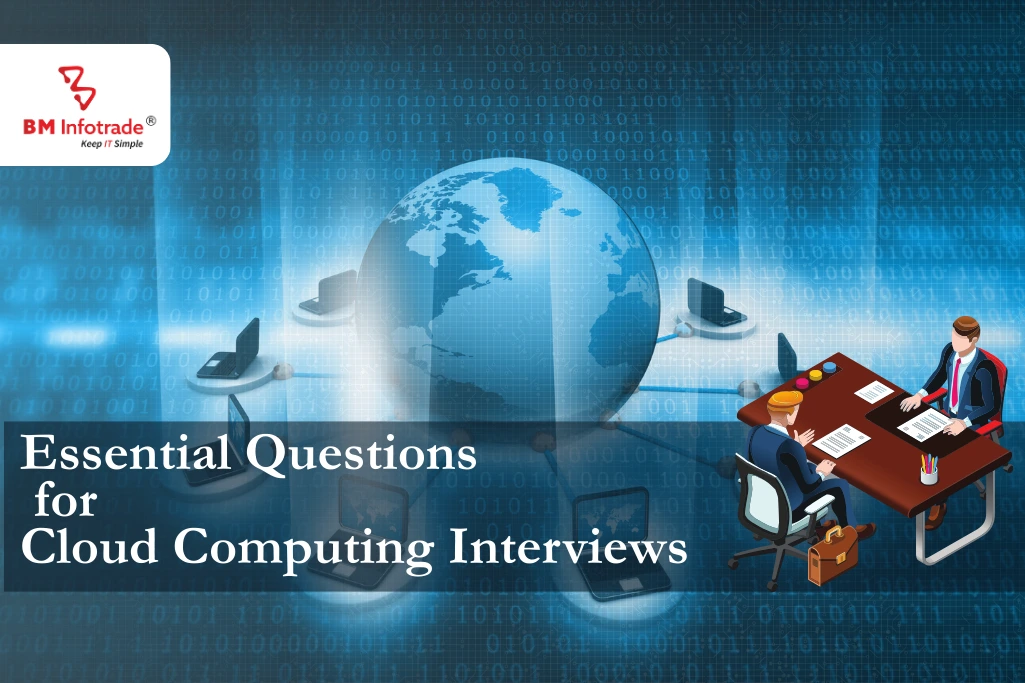
Essential Questions for Cloud Computing Interviews
Table of Contents
- What is cloud computing, and how does it differ from traditional IT infrastructure?
- Explain the different service models in cloud computing (IaaS, PaaS, SaaS) and their respective benefits.
- What are the key characteristics of cloud computing, accordi National Institute of Standards and Technology (NIST) ng to NIST?
- Describe the differences between public, private, and hybrid clouds. When would you use each?
- What are the advantages and disadvantages of cloud computing?
- Explain the concept of scalability in cloud computing. How does it differ from traditional scaling methods?
- What is virtualization, and how is it related to cloud computing?
- What are containers, and how do they differ from virtual machines?
- What is serverless computing, and what are its benefits?
- What are some common cloud providers, and what are their key features?
- Describe the components of AWS/Azure/GCP and their functions.
- Conclusion
Cloud computing modifies the way businesses and individuals access, store and manage data and applications by providing over the internet an on-demand availability to a shared pool of configurable computing resources. This switch from conventional IT infrastructure to cloud-based services allows for unmatched scalability, flexibility, and cost-effectiveness. Resources can be provisioned and deployed quickly by organizations using cloud computing; they can scale infrastructure up or down as needed, paying only for what is consumed.
Infrastructure management is taken care of so that users can concentrate on their creative ideas as well as main business operations through service models such as IaaS (Infrastructure-As-A-Service), PaaS (Platform-As-A-Service), or SaaS (Software-as-a-service) which cater for different needs. Cloud Computing has become a necessary aspect of digital transformation which enhances innovation across all industries hence enabling agility and competitiveness.
What is cloud computing, and how does it differ from traditional IT infrastructure?
Cloud computing means to provide computer services (for example servers, storage, databases, networking software…) over the internet (“the cloud”) to deliver accelerated innovation, flexible resources, and economies of scale. It is different from traditional IT infrastructure because people can access resources on demand usually paying for what they use instead of investing in physical hardware and infrastructure.
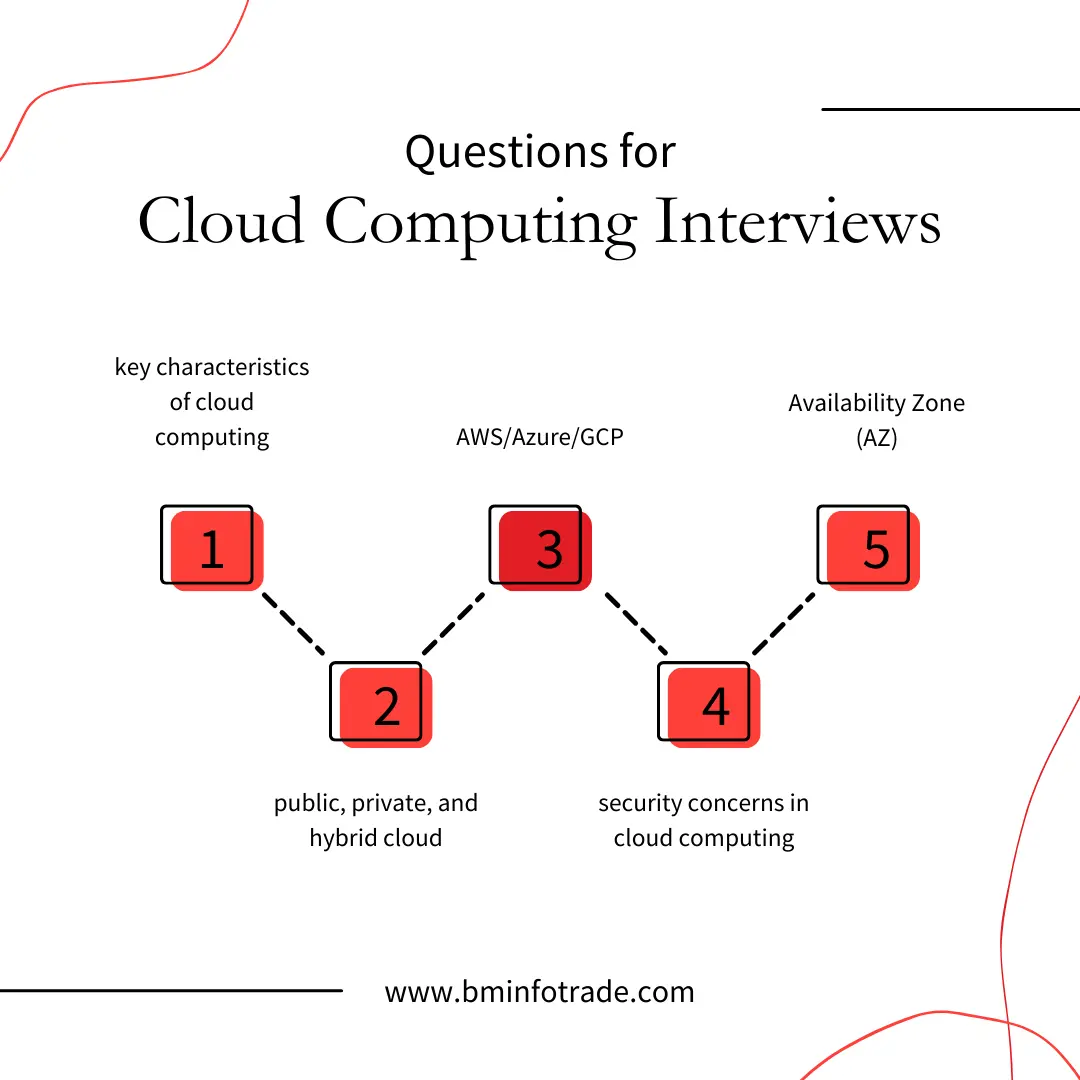
Explain the different service models in cloud computing (IaaS, PaaS, SaaS) and their respective benefits.
Infrastructure as a Service (IaaS) provides virtualized computing resources over the internet. Platform as a Service (PaaS) offers a platform that allows customers to develop, run, and manage applications without worrying about the underlying infrastructure. Software as a Service (SaaS) delivers software applications over the internet on a subscription basis so users do not need to install or maintain software locally. The benefits include scalability; cost-effectiveness; flexibility; and reduced maintenance overheads.
What are the key characteristics of cloud computing, according to the National Institute of Standards and Technology (NIST) ng to NIST?
According to the National Institute of Standards and Technology (NIST), key characteristics of cloud computing are on-demand self-service, broad network access, resource pooling, rapid elasticity, and measured service.
Describe the differences between public, private, and hybrid clouds. When would you use each?
Public clouds are owned and operated by third-party providers who rent out their services over the Internet; private clouds are dedicated to a single organization and may be located on its premises or hosted by a third party; hybrid clouds combine aspects of both public and private clouds. Public clouds are best for general-purpose computing; private ones offer more control and security for sensitive data or compliance needs; hybrid ones allow users to take advantage of public resources when it makes sense to do so.
Read More:- Understanding Cloud Networking: The Future of IT Infrastructure
What are the advantages and disadvantages of cloud computing?
Scalability, flexibility, cost efficiency, accessibility, and better collaboration are some of the pros. Security issues, compliance difficulties, reliance on Internet connection availability, and potential downtimes plus limited control over the infrastructure are among the cons.
Explain the concept of scalability in cloud computing. How does it differ from traditional scaling methods?
Scalability within cloud computing means a system’s ability to increase or reduce resources like bandwidths and storage spaces quickly as required by varying demands. This is unlike conventional techniques which involve the purchase and configuration of additional hardware; instead, it allows for dynamic provisioning or de-provisioning through self-service portals or automation tools most often used.
What is virtualization, and how is it related to cloud computing?
Virtualization is an act of creating something that does not exist materially but emulates its presence in reality; for example, servers, storage devices, or network resources’ virtual personalities can be created. Cloud platforms use this technique to pool together physical resources thereby enabling them to serve different machines simultaneously thus enhancing resource optimization and flexibility.
What are containers, and how do they differ from virtual machines?
Containers are lightweight, portable, and isolated environments that wrap an application and its dependencies together thus making it run consistently across various computing environments. Instead of packing the application along with its dependencies into a complete operating system like virtual machines do; containers share the kernel of the host OS (Operating System) only encapsulating the app as well as its dependencies thereby resulting in higher efficiency plus faster startup times.
What is serverless computing, and what are its benefits?
Serverless computing, also referred to as Function-as-a-Service (FaaS), enables developers to write code and deploy it without having to worry about managing or scaling underlying infrastructure. Cloud providers automatically allocate resources based on demand while customers only pay for compute resources used by their functions. Some advantages include less operational overheads; scalability by default; cost-effectiveness among others.
What are some common cloud providers, and what are their key features?
Amazon Web Services (AWS), Microsoft Azure, Google Cloud Platform (GCP), IBM Cloud, and Alibaba Cloud are some of the most popular cloud providers. They all provide various services such as computing power, storage space, networking capabilities, and databases to name just a few. Moreover, these companies have differentiating factors like pricing models that fit specific use cases or industries along with other features.
Read More:- The Importance of Backup and Recovery.
Describe the components of AWS/Azure/GCP and their functions.
Each significant provider offers numerous services and components for their clouds. Here is an overview:
AWS: EC2 (Elastic Compute Cloud) – virtual servers; S3 (Simple Storage Service) – object storage; RDS (Relational Database Service) – managed databases; Lambda – serverless computing; among many others.
Azure: Virtual Machines – compute power; Blob Storage – object storage; Azure SQL Database – managed databases; Azure Functions – event-driven programming model.
GCP: Compute Engine - IaaS offering that provides VMs upon request at a low cost per hour/month depending on the usage duration required. This service also scales automatically based on demand levels.;
Cloud Storage: Object-based storage solution designed for enterprise-level data needs where durability outweighs performance considerations.;
Cloud SQL: Fully managed relational database service built on MySQL so developers can run applications without having to worry about managing any infrastructure themselves.
What is an Availability Zone in cloud computing, and why is it important?
Availability Zone (AZ) — is a unique location within a region. Each zone is isolated from the others but connected through high-bandwidth, low-latency networking. This matters because it enables clients to create and manage resilient applications and workloads that can withstand failures and outages. Distributing resources across different AZs allows customers to reach higher levels of availability while also achieving fault tolerance.
What are some common security concerns in cloud computing, and how can they be mitigated?
Some common security concerns include data breaches, unauthorized access, data loss prevention, compliance violation detection, and shared technology vulnerability identification. To address them you should put strong login controls into effect; use encryption for both data in transit and at rest; conduct regular security checks as well as audits; enable monitoring plus logging features on your platform(s); enforce adherence to best practices together with applicable regulations concerning information protection; take advantage of any relevant provider’s built-in security services or tools such as AWS Inspector.
Conclusion
The text talks about the impact of cloud computing on business and individual use of computers. It allows users to access scalable resources through the Internet whenever they need them. This includes application programs, servers, and storage systems among others.
Cloud computing eliminates capital investments in hardware or software infrastructure because it is flexible enough for any kind of workload that needs additional capacity temporarily or permanently. Thus, this technology promotes fast innovation processes within organizations while also lowering costs and increasing efficiency leading to digitalization worldwide.

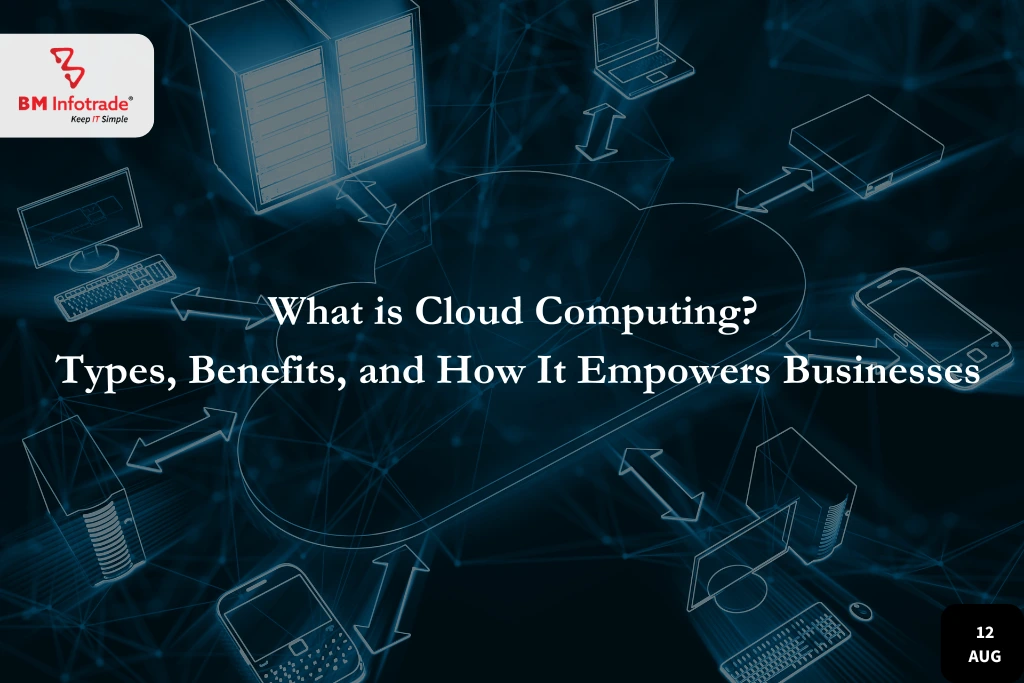

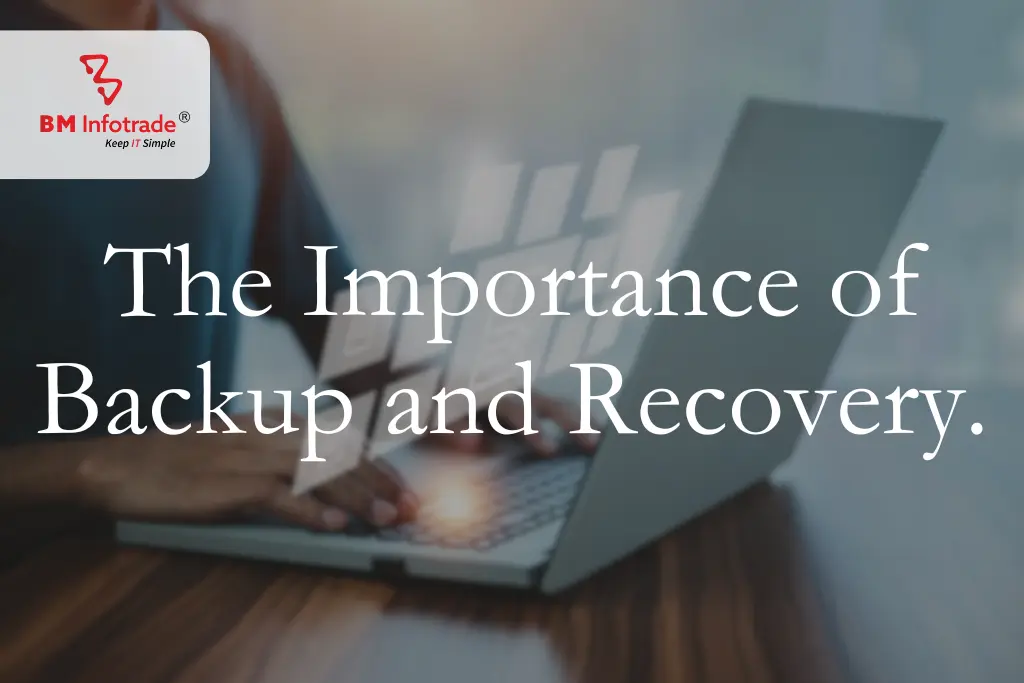
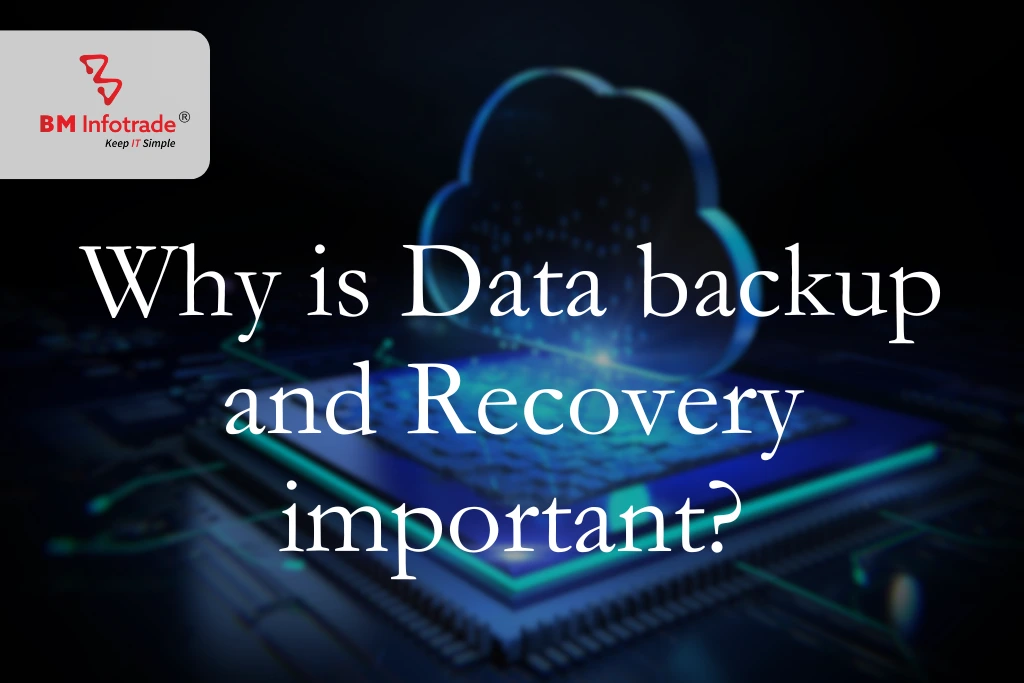
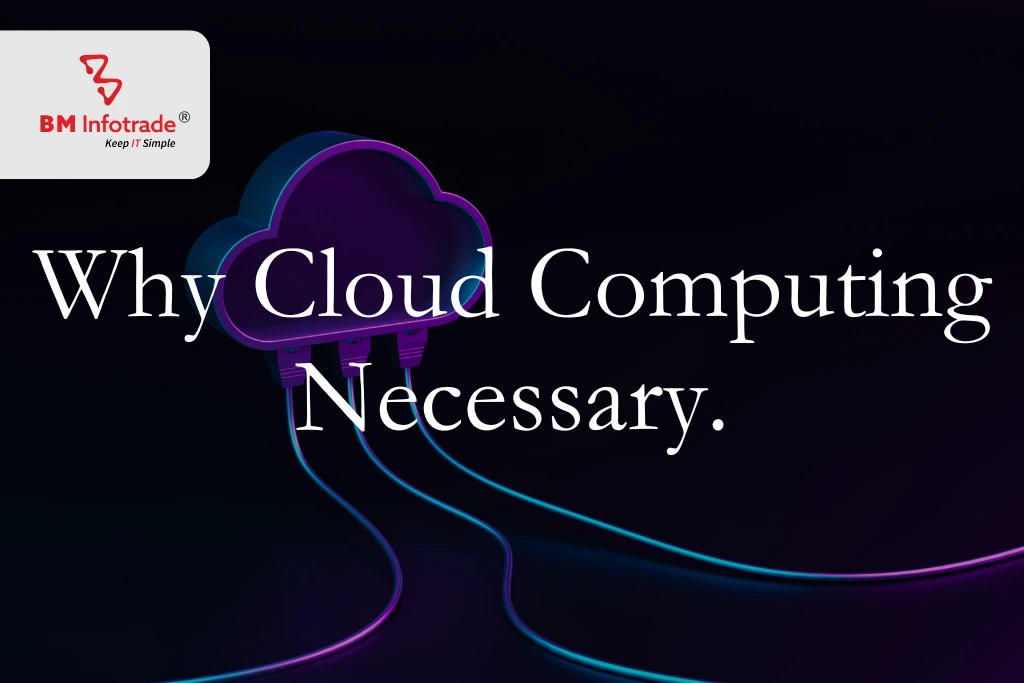
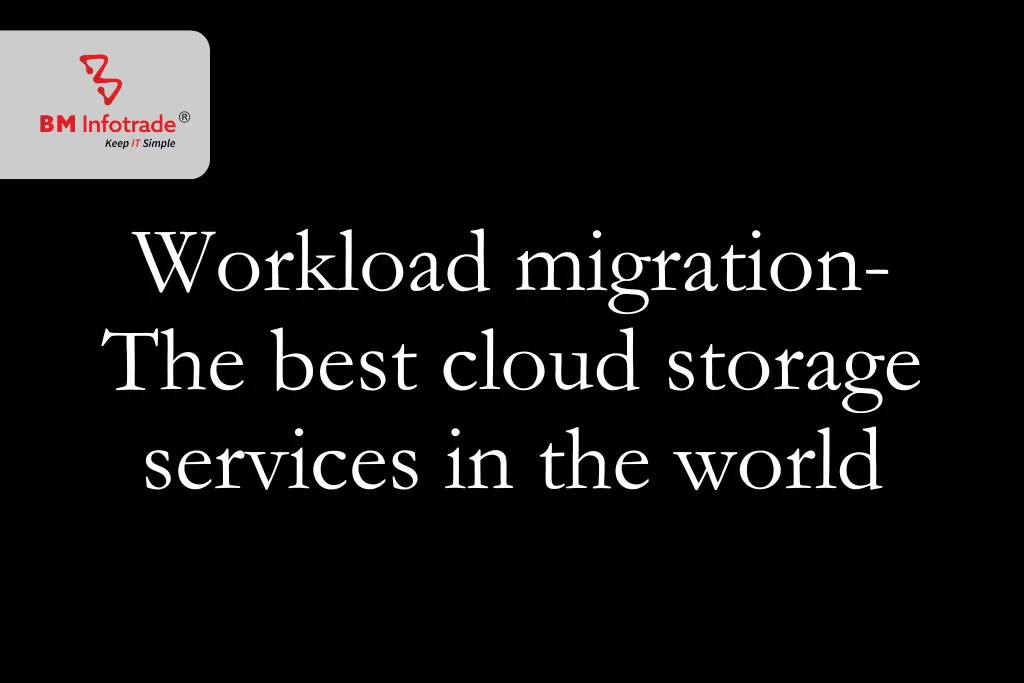
Anshul Goyal
Group BDM at B M Infotrade | 11+ years Experience | Business Consultancy | Providing solutions in Cyber Security, Data Analytics, Cloud Computing, Digitization, Data and AI | IT Sales Leader